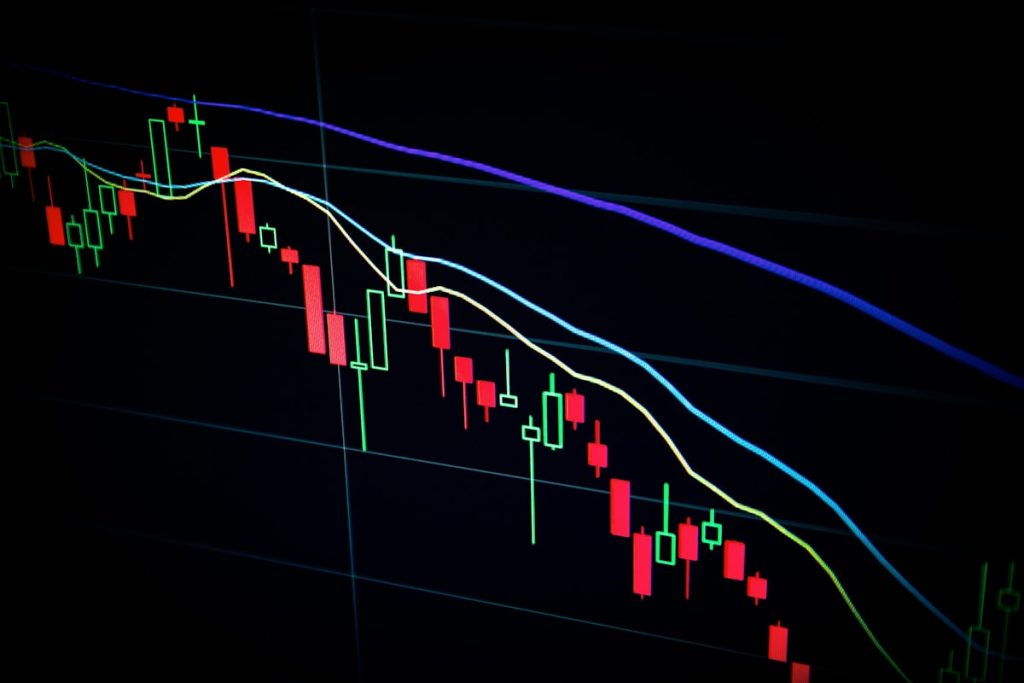Asian Markets Echo Wall Street’s Recovery, Erasing Friday’s Losses
After a bruising session on Friday that saw U.S. equities tumble more than 1 %, global markets entered a cautious weekend. The next trading day, however, brought a decisive turn. Wall Street rallied sharply on Monday, clawing back the bulk of the previous day’s damage, and Asian exchanges quickly fell in line, tracking the rebound across the region. The synchronized bounce reflects both the interconnected nature of modern finance and renewed optimism surrounding monetary policy, earnings outlooks, and geopolitical stability.
Key Drivers Behind the Rally
The primary catalyst for the turnaround was the U.S. Federal Reserve’s dovish signals. Minutes from the latest policy meeting hinted at a slower pace of rate hikes, easing fears of a prolonged tightening cycle. In turn, investors reevaluated growth prospects, especially for rate‑sensitive sectors like technology and consumer discretionary. On the earnings front, several heavyweight corporations released better‑than‑expected quarterly results, reinforcing confidence that corporate profit margins remain resilient despite inflationary pressures.
How Asian Indices Responded
By the time the Tokyo Stock Exchange opened, the Nikkei 225 was up 1.2 %, while the broader TOPIX mirrored a similar gain. South Korea’s KOSPI followed suit, climbing 1.4 % on strong performance from semiconductor exporters. In Hong Kong, the Hang Seng Index rose 1.0 % after a surge in property and finance stocks, and Shanghai’s SSE Composite added 0.9 % as state‑backed banks rallied on expectations of supportive credit policies. The consensus across these markets was clear: the U.S. rebound was a powerful tailwind, lifting sentiment throughout the trading day.
Sector Highlights Across the Region
- Technology: Chipmakers such as Taiwan’s TSMC and South Korea’s Samsung Electronics saw their shares jump 2 % to 3 % after reporting robust demand forecasts for advanced nodes.
- Financials: Major banks in Hong Kong and Singapore benefited from a narrowing yield curve, with the Hang Seng Bank and DBS Group each gaining roughly 1.5 %.
- Consumer Goods: Japanese consumer staples rose modestly as investors bet on stable domestic spending, while Chinese retailers rallied on signs of a softening regulatory environment.
- Energy: Oil‑related stocks across the region were muted, reflecting the broader market’s focus on growth rather than commodity price swings.
Outlook and Risks
While the rally has erased most of Friday’s losses, analysts caution that the recovery remains fragile. Potential headwinds include lingering supply‑chain disruptions, renewed geopolitical tensions in the Indo‑Pacific, and the possibility that the Federal Reserve could revert to a more aggressive tightening stance if inflation proves stubborn. Moreover, the Asian markets are still sensitive to currency fluctuations; a stronger U.S. dollar could pressure export‑driven earnings.
Nevertheless, the coordinated bounce suggests that investors are willing to give the recovery the benefit of the doubt, especially if central banks continue to signal a measured approach to monetary policy. As the week unfolds, market participants will be watching upcoming earnings releases and policy speeches closely, seeking confirmation that the rally is more than a short‑term corrective move.



